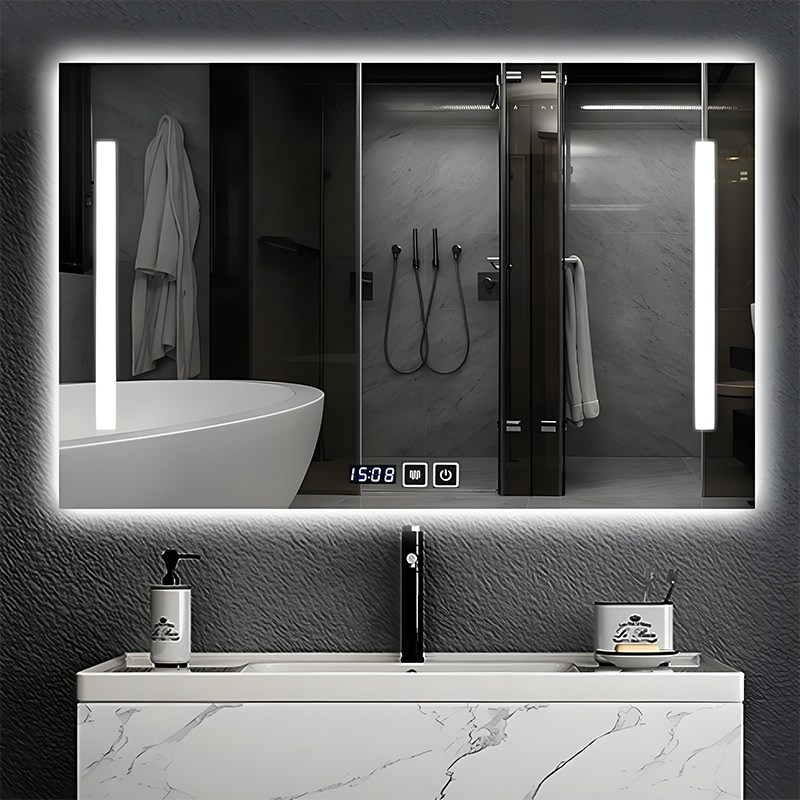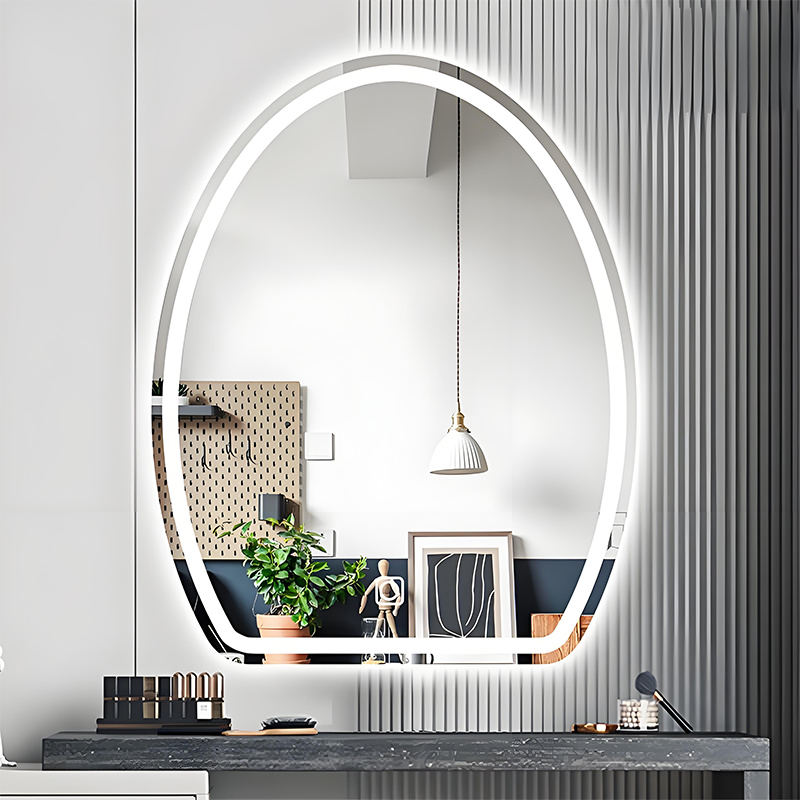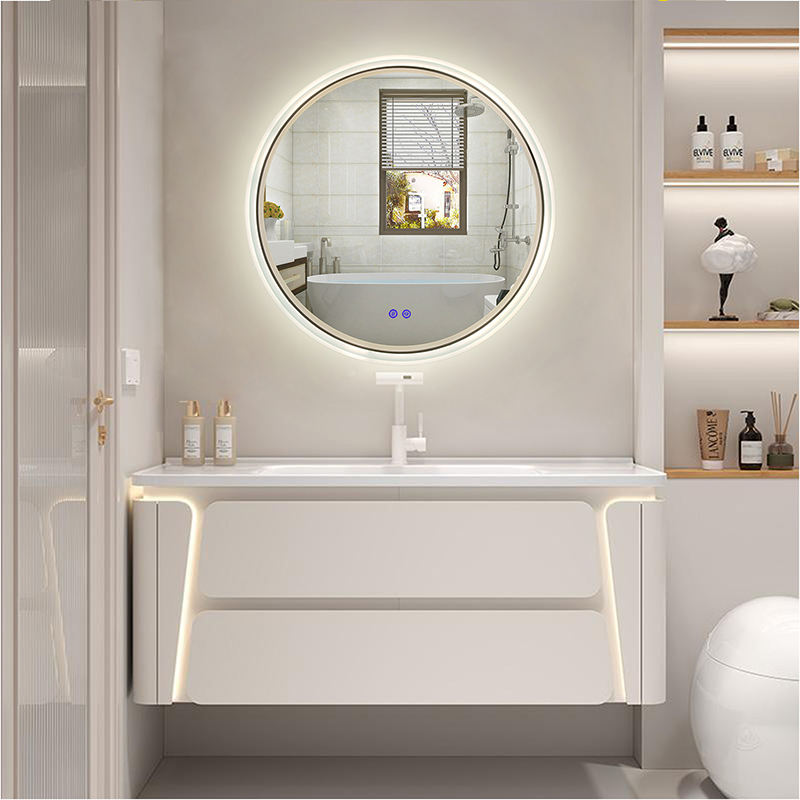What Makes a Good Bathroom Mirror Cabinet? A Practical Guide for Importers
As someone who's worked in product sourcing for years, I’ve seen trends come and go. But one thing that never changes? End customers always want products that look good, work well, and last.
Bathroom mirror cabinets are no exception.
1. Functional Design First, Smart Features Second
It’s easy to get distracted by all the tech add-ons: Bluetooth speakers, touch screens, mood lighting. But ask yourself—do your target customers really need all these features?
For most buyers, basic functionality still comes first:
A mirror that doesn’t fog up after a hot shower
Sufficient storage for daily essentials
Lighting that makes morning routines easier, not gimmicky
Smart features are great as long as they enhance, not complicate, the user experience. Always prioritize practical designs with optional upgrades, so you’re not limiting your market.
2. Materials Matter: Aluminum Over MDF (If Budget Allows)
Let’s be honest, MDF cabinets will always have a price advantage. But in humid environments, aluminum alloy cabinets hold up significantly better.
For mid- to high-end projects (like hotels, real estate developments), offering cabinets with:
Aluminum frames
Copper-free glass
Soft-close hinges
… will position your product as a “premium yet affordable” option.
For entry-level markets, moisture-proof MDF with proper sealing can still work, as long as you’re transparent about the specs.
3. Quality Control Isn’t a Bonus—It’s a Dealbreaker
In international trade, nothing is more costly than product returns due to defects. That’s why I always recommend partnering with factories that have: In-house Aging Test Lines (for LEDs and electronics),Waterproof testing stations (IP44 at minimum),ISO-certified QC systems,The ability to share QC reports before shipment
It’s worth paying a few dollars more per unit for better QC—trust me, your after-sales team will thank you.
4. Custom Branding is Key for Building a Market Presence
One mistake new importers make is underestimating the power of branding. Generic products get lost in a sea of competition. If you want to build repeat business, insist on:
Custom logo engraving (on glass or frames)
Unique packaging designs
Instruction manuals in local languages
Barcode labeling for retail compliance
The best Chinese factories are flexible with low MOQs for OEM branding, which allows small brands to compete with larger players.
5. Lead Times & Shipping — Manage Expectations
No matter how great the product is, if it can’t reach your warehouse on time, it’s a problem. Always confirm:
Production lead times (average is 25–30 days, urgent orders can be negotiated)
Shipping options (LCL, FCL, air freight)
Factory’s ability to handle documentation (CO, invoice, packing list)
Good suppliers will have clear logistics plans and realistic timelines. Avoid over-promising to your clients by having these details sorted in advance.
Final Thoughts: Relationships Matter
At the end of the day, sourcing bathroom mirror cabinets isn’t just a transaction—it’s about building reliable partnerships. A good factory doesn’t just manufacture—they collaborate, adapt, and help you grow your business.
So next time you’re sourcing mirror cabinets, don’t just compare prices. Look at the bigger picture.
Need Help Finding a Reliable Mirror Cabinet Supplier?
At Jingfan Lighting, we specialize in custom bathroom mirror cabinets that balance design, functionality, and quality control. Whether you’re a wholesaler, brand owner, or project contractor, we can tailor solutions to fit your market.
📩 Contact us for samples, quotes, or a virtual factory tour.




